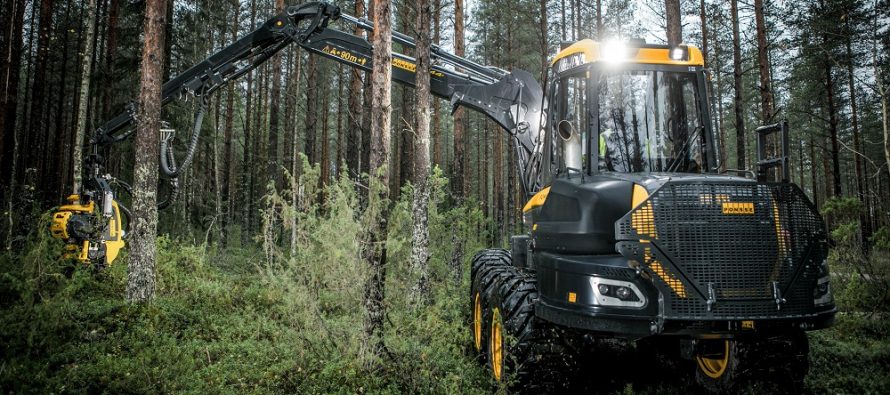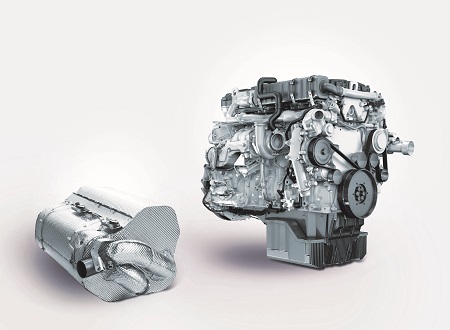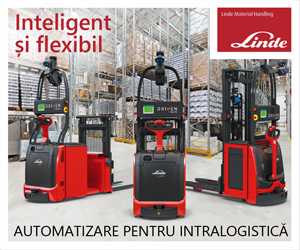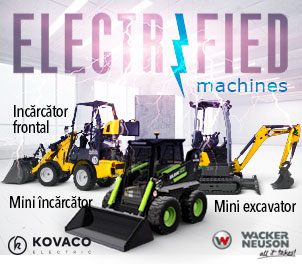Ponsse launches its new Stage V emission engines on EU markets

Related Articles
The new Mercedes-Benz / MTU Stage V emission engines feature the latest engine technology, and are an excellent solution for forest machines that require productivity, reliability and fuel economy while at the same time being environmentally friendly. The New engines are available in three different power classes for Ponsse forest machine models.
Ponsse focuses its production on products that use the cut-to-length method. The cut-to-length method is a sustainable harvesting method that results in lower emissions and less soil damage than other methods. The new Stage V emission engines further increase the environmental friendliness of the method. The new engines are modern, low-emission engines with particulate mass (PM) and nitrogen oxide (NOx) emission levels that are considerably lower than those of Stage III and Stage IV emission ratings. In addition to control of the particulate mass (PM), Stage V emission engines also control the number of particles (PN) by means of a particulate filter (DPF).
 The new Mercedes-Benz / MTU Stage V emission engines are powerful and fuel-efficient. All the engine versions have higher torque, and maximum power is achievable at lower revolutions per minute (RPM) than ever before. The new engines have been extensively tested in different market areas. Both the forwarders and harvesters have been subjected to comprehensive testing in both cold and hot climates, and have been rigorously operated under actual working conditions. The results of these field trials are encouraging, and have proven that the engines have very high levels of power and torque. And because high power is attainable with fast response even at low RPM, the machine productivity and fuel economy are markedly improved.
The new Mercedes-Benz / MTU Stage V emission engines are powerful and fuel-efficient. All the engine versions have higher torque, and maximum power is achievable at lower revolutions per minute (RPM) than ever before. The new engines have been extensively tested in different market areas. Both the forwarders and harvesters have been subjected to comprehensive testing in both cold and hot climates, and have been rigorously operated under actual working conditions. The results of these field trials are encouraging, and have proven that the engines have very high levels of power and torque. And because high power is attainable with fast response even at low RPM, the machine productivity and fuel economy are markedly improved.
A major benefit of the new engines in terms of use is the exceptionally strong engine design. Stage V engines are largely based on the basic structure of the previous generation, i.e. the Stage IV engines. The most significant difference is in the new exhaust after-treatment system: in addition to the SCR after-treatment and EGR exhaust recirculation, there is now also a DPF particulate filter. As with the previous generation, the after-treatment system is housed in a single catalytic converter unit, which in Ponsse forest machines is also well heat insulated.







